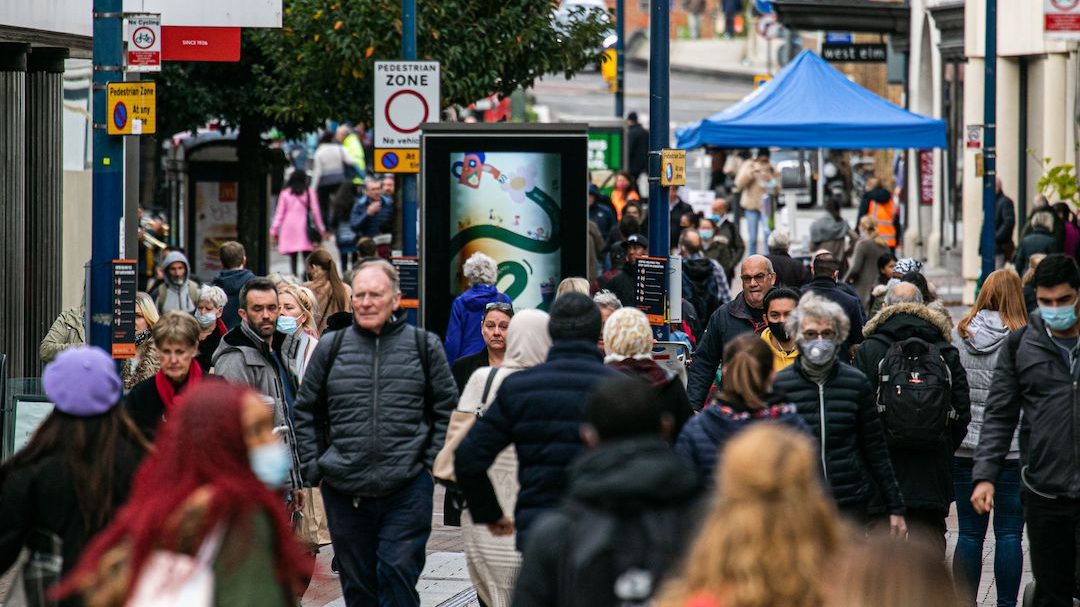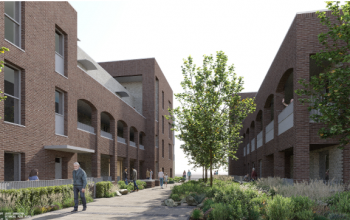More than 17,000 chain stores closed down across the UK last year, according to research by the Local Data Company (LDC), prompting conversations about the future of the High Street.
Banks, convenience stores and charity shops saw a large number of closures last year, with fashion retailers being hit the hardest, according to the LDC.
Coronavirus restrictions – which led to an increased demand for online services – and an increased preference for retail park shopping over the High Street experience can explain the sudden change in the market over the past two years.
As of January 2022, e-commerce (online purchases) made up 27.1 per cent of total retail sales in the UK, according to the Retail Sales Index time series. In February 2020, online purchases were responsible for just 19.1 per cent whilst hitting an all time high during the peak of the third lockdown. In January 2021, an all time high of 37.8 per cent of retail sales came from online transactions.

Kingston upon Thames is one of many areas across the country to have been affected by the rise of e-commerce.
Last year, MyLondon reported the loss of well-known chains in Kingston including TopShop, Cath Kidston and Carphone Warehouse. As stores closed, fewer businesses opened to replace them, leaving a number of empty storefronts in Kingston and its surrounding areas.
Charity worker Jessica Von Hammersmark, 31, suggested that empty sites could provide opportunities for independent businesses in Kingston. She said: “I think the empty spaces should be given over to community projects and actual small business instead of just sitting there making the place look shabby. An indoor farmer-style market would be great.”
Whilst some wish to improve the High Street, others believe that online shopping has replaced the need for in-person shopping.
Postgraduate student David Horgan, 60, said that he did most of his shopping online. He said: “It’s convenient, and more personalised. I have used Amazon for 20 years, they are very reliable and their customer service is fantastic. I don’t think the ‘High Street’ can better this.”
Despite preferring the online retail experience, Horgan acknowledged there were still some benefits of the High Street today. He said: “Physical high streets are great places to socialise. So if a ‘High Street’ is walkable, has a pleasant green environment and meeting spaces – then I’ll go there – otherwise no.”
Others believe that the High Street remains a valuable part of retail culture today. Civil servant Daksha Mistry, 53, said: “Yes some shops have closed but then others have sprung up. I don’t shop much but there’s plenty for my browsing needs, and plenty of stuff follows me home even when I haven’t gone shopping!”
An estimated 18 million people reportedly visit Kingston Upon Thames each year, with much of the town centre’s attraction put down to its retail appeal.





